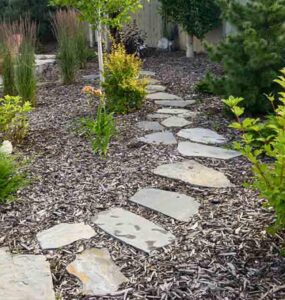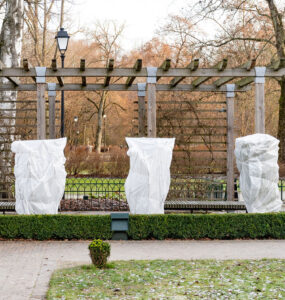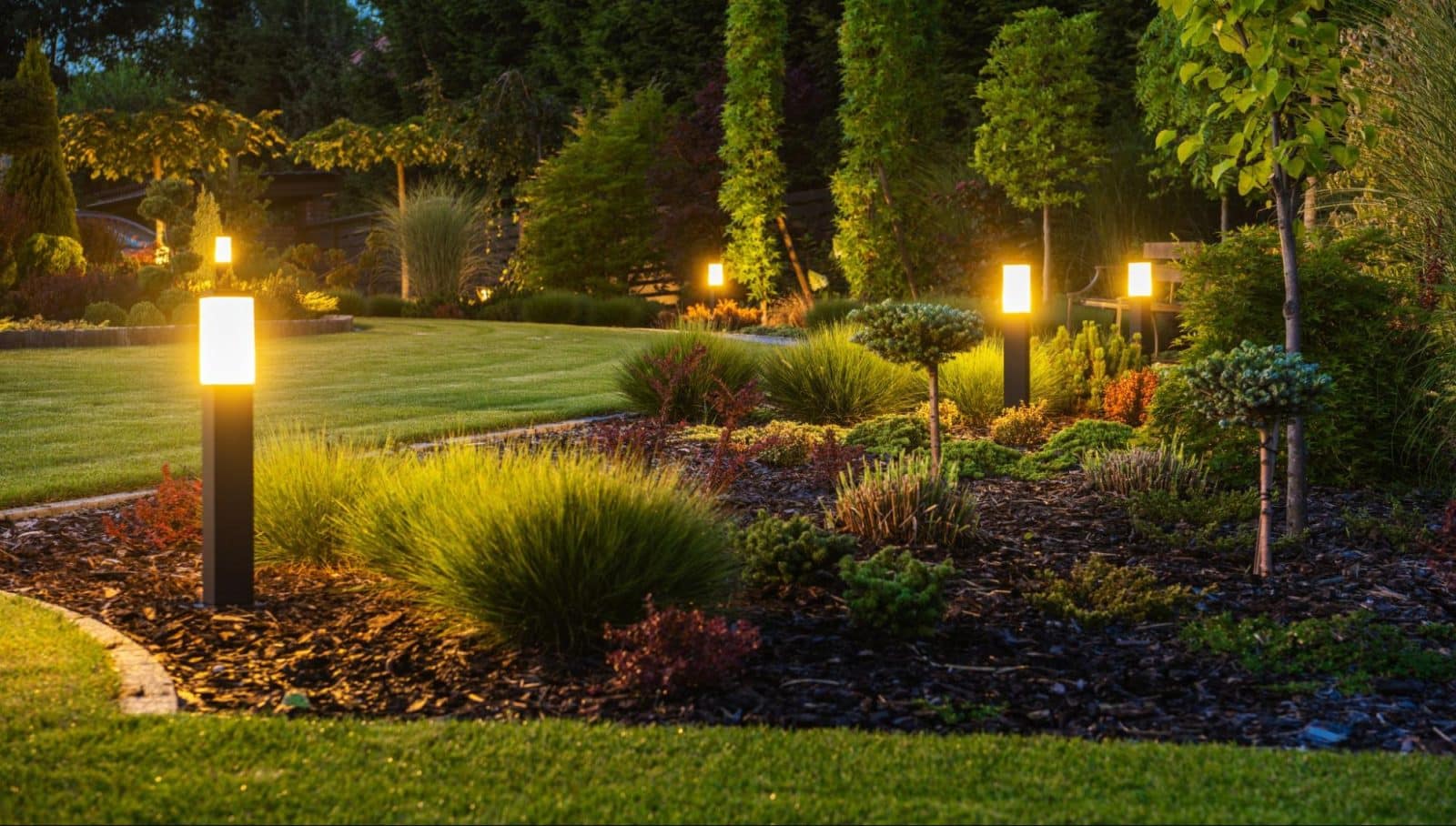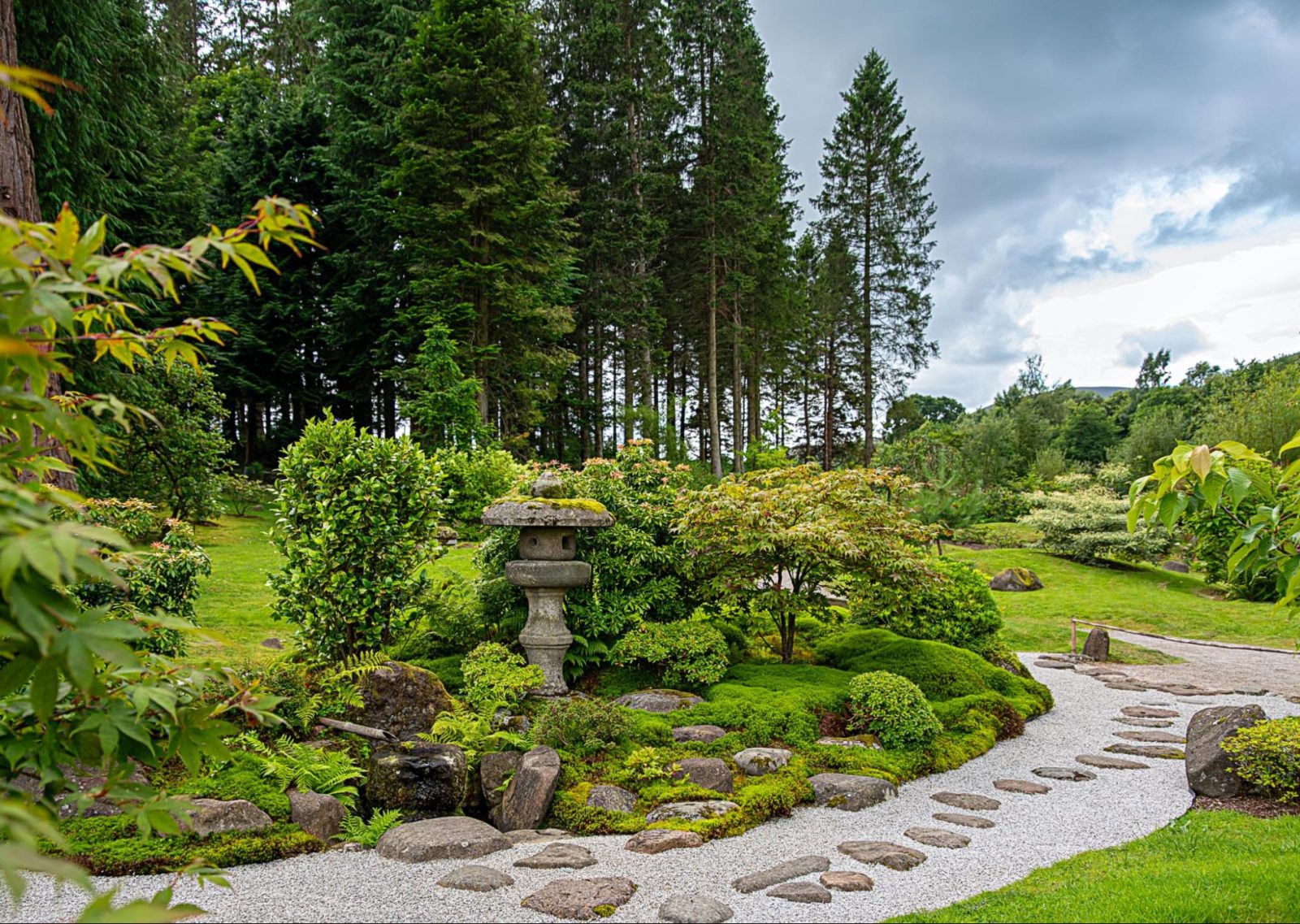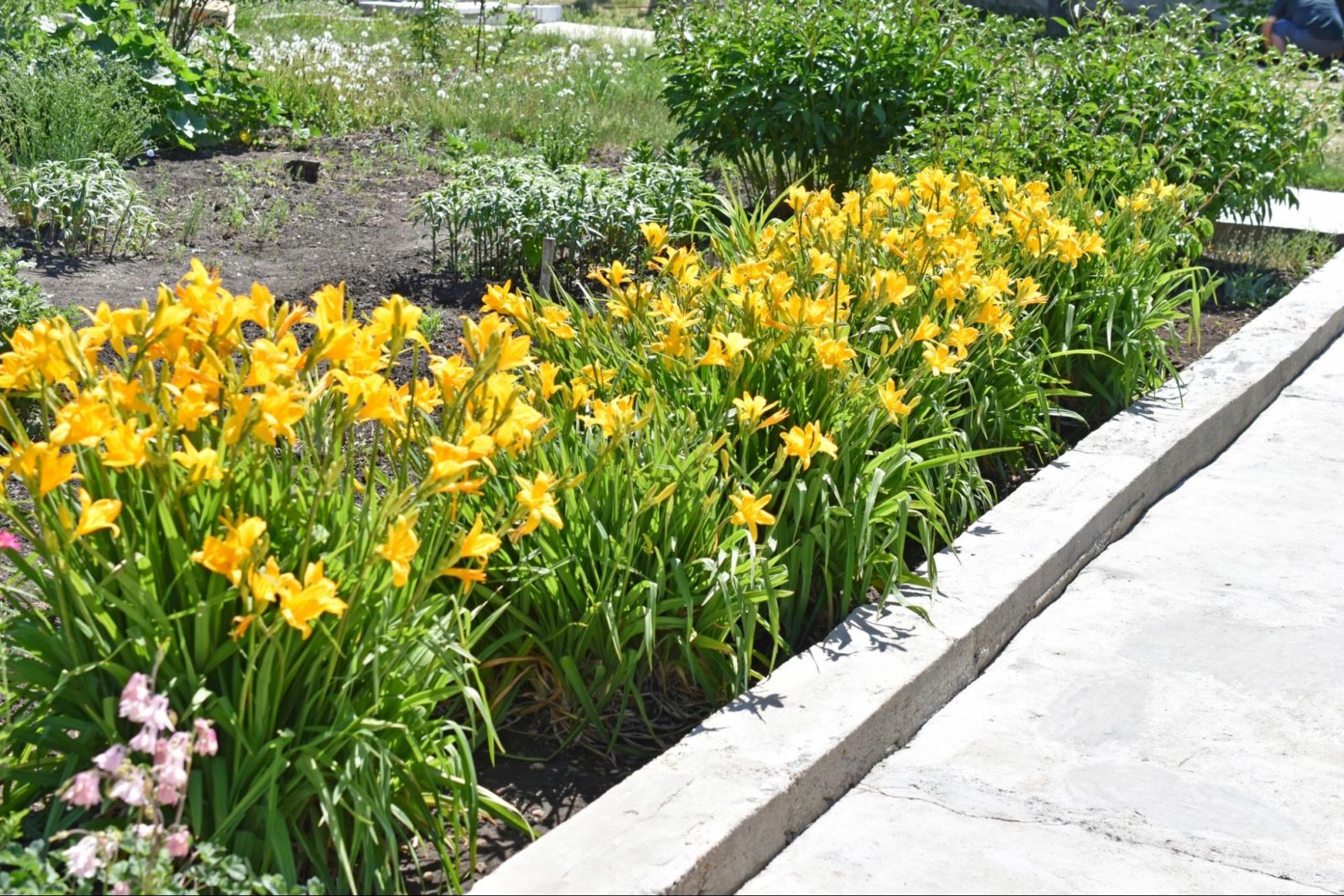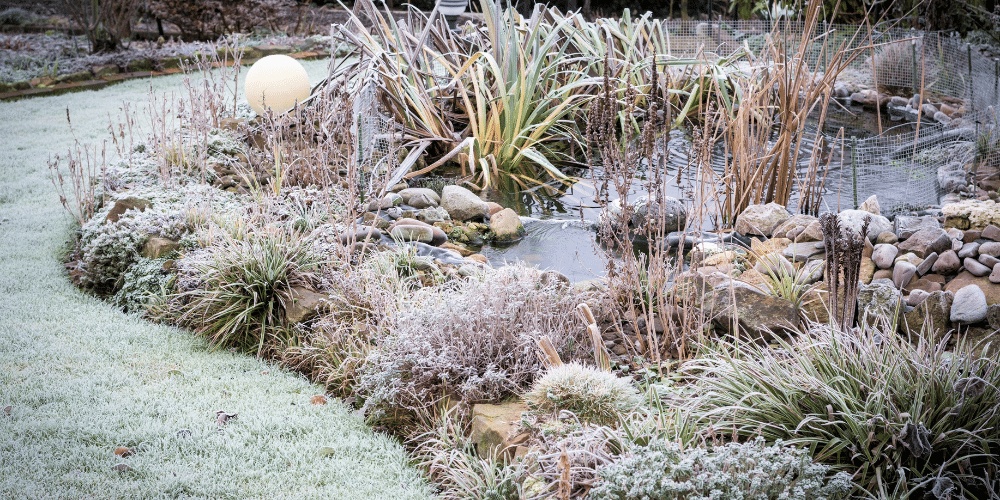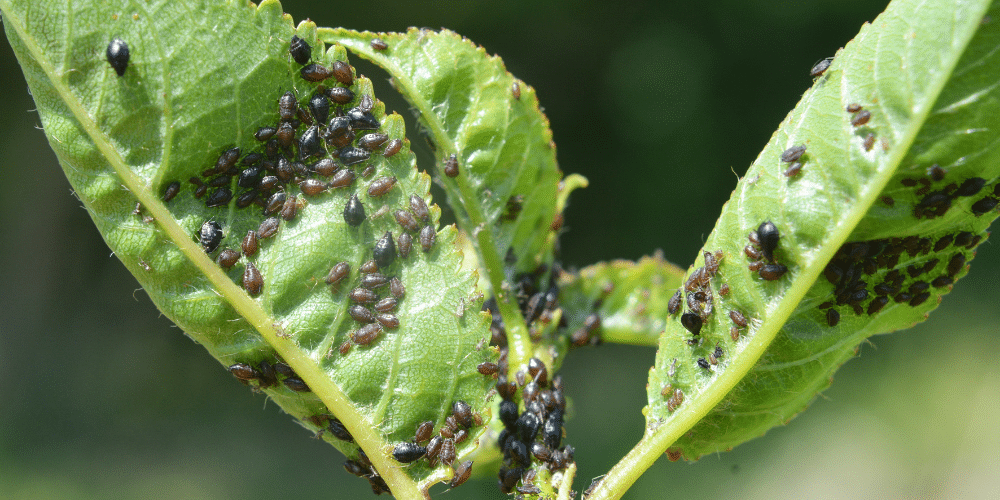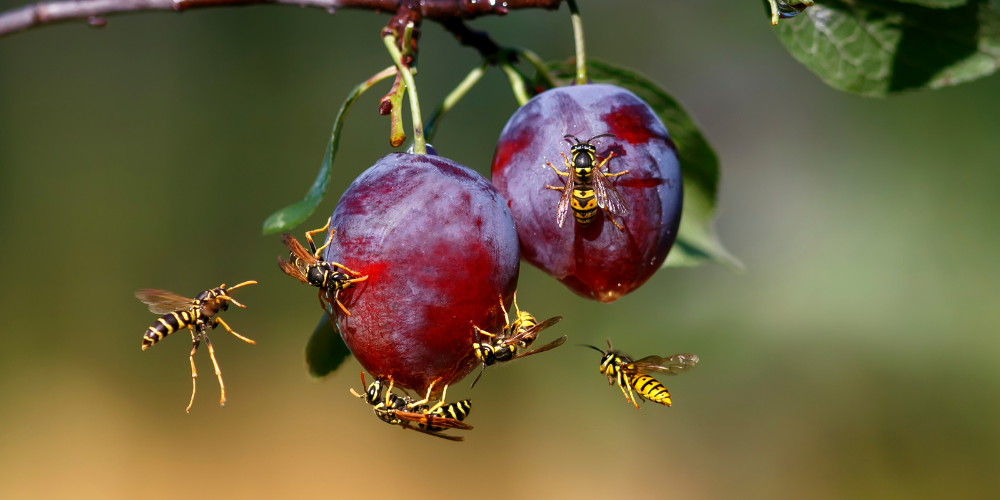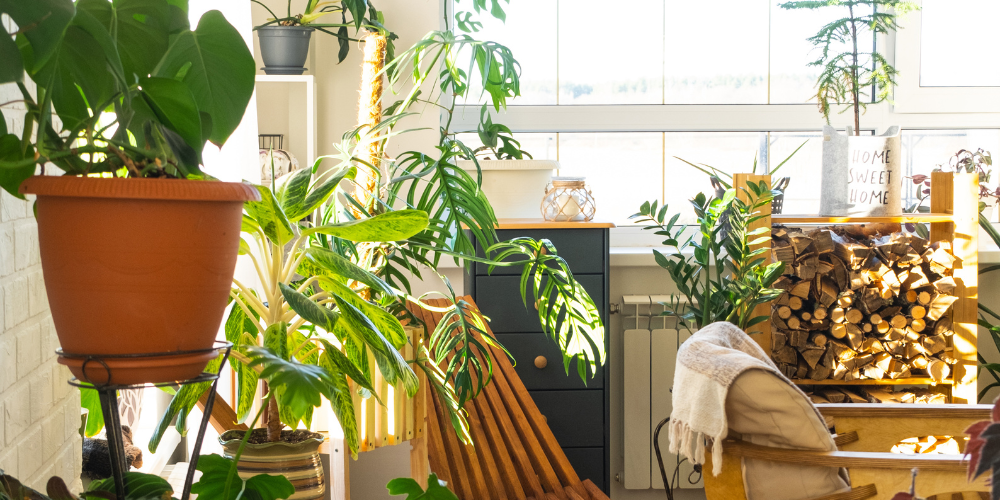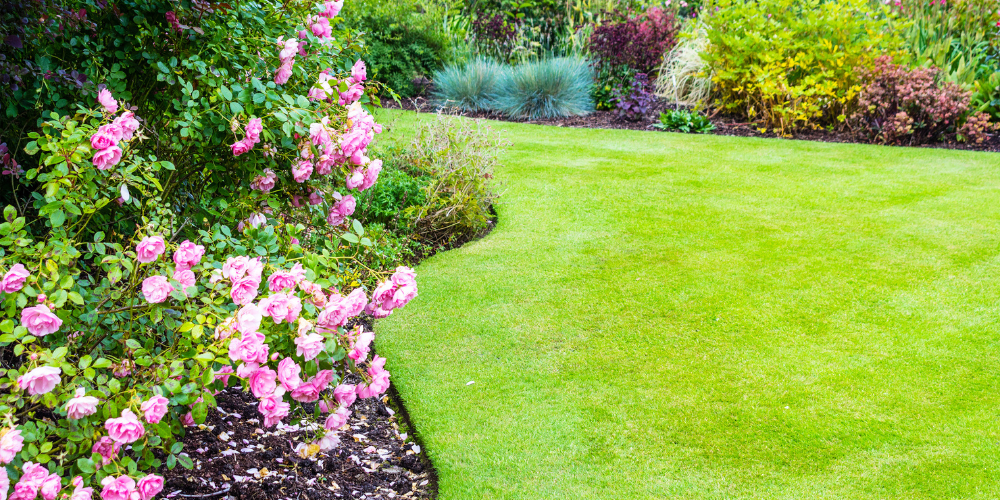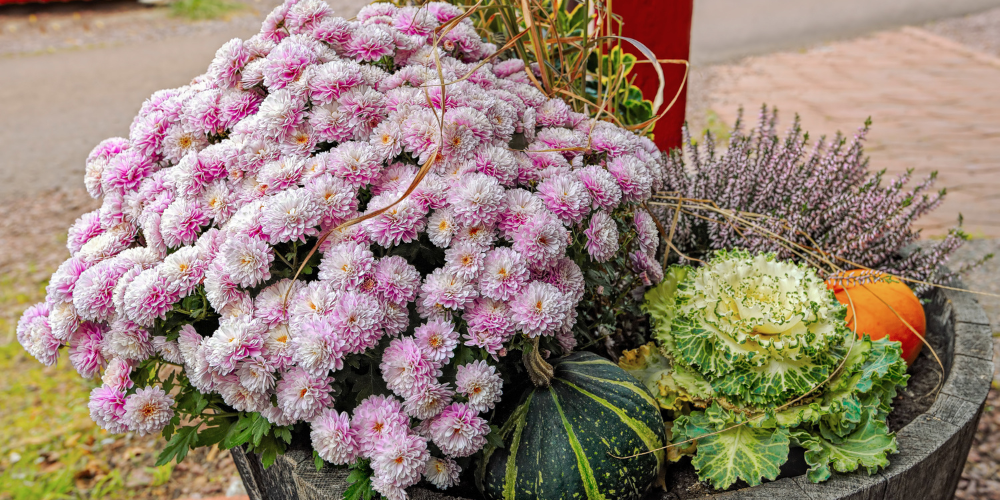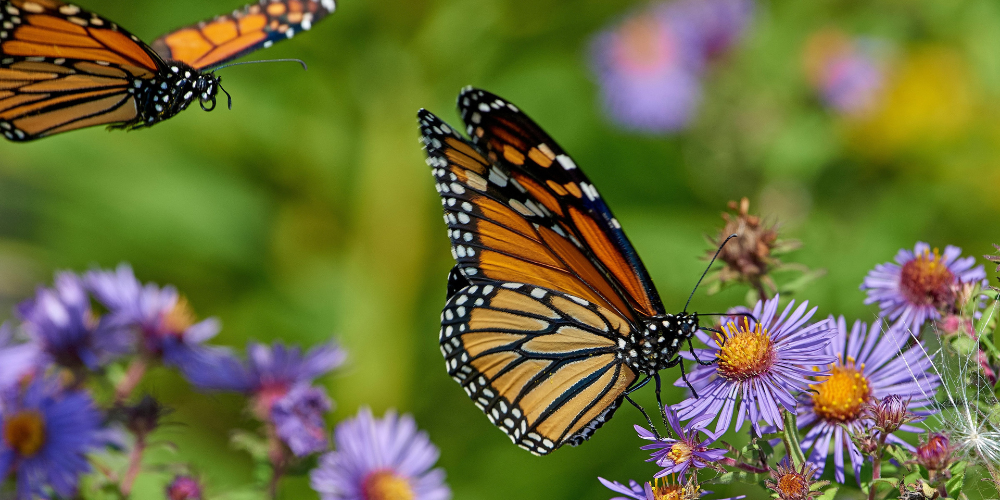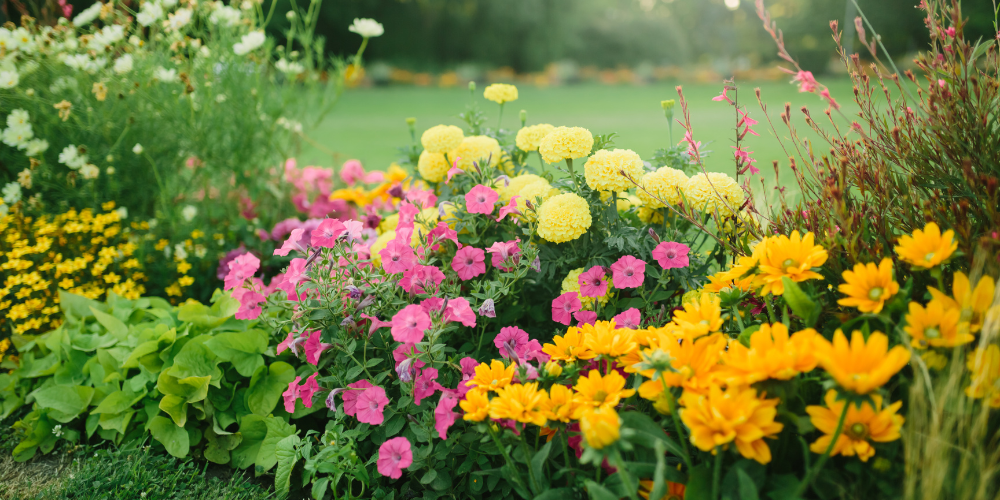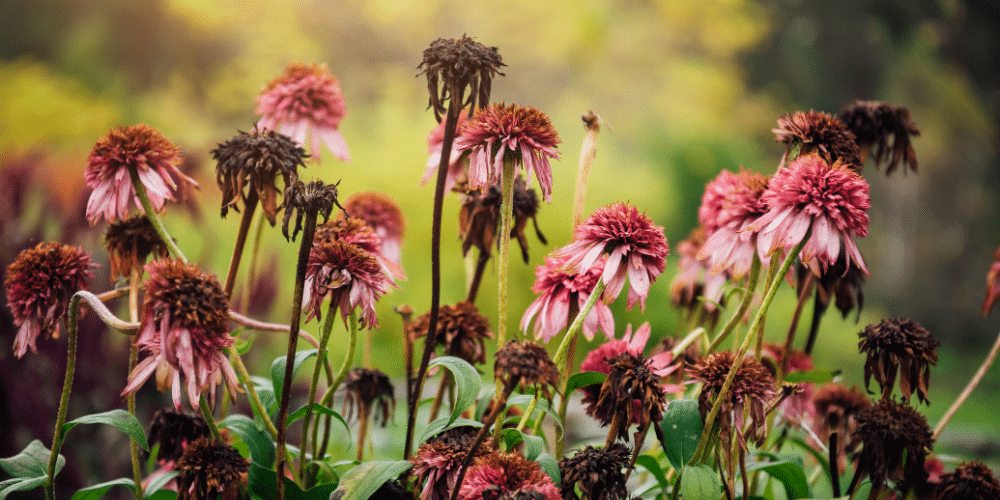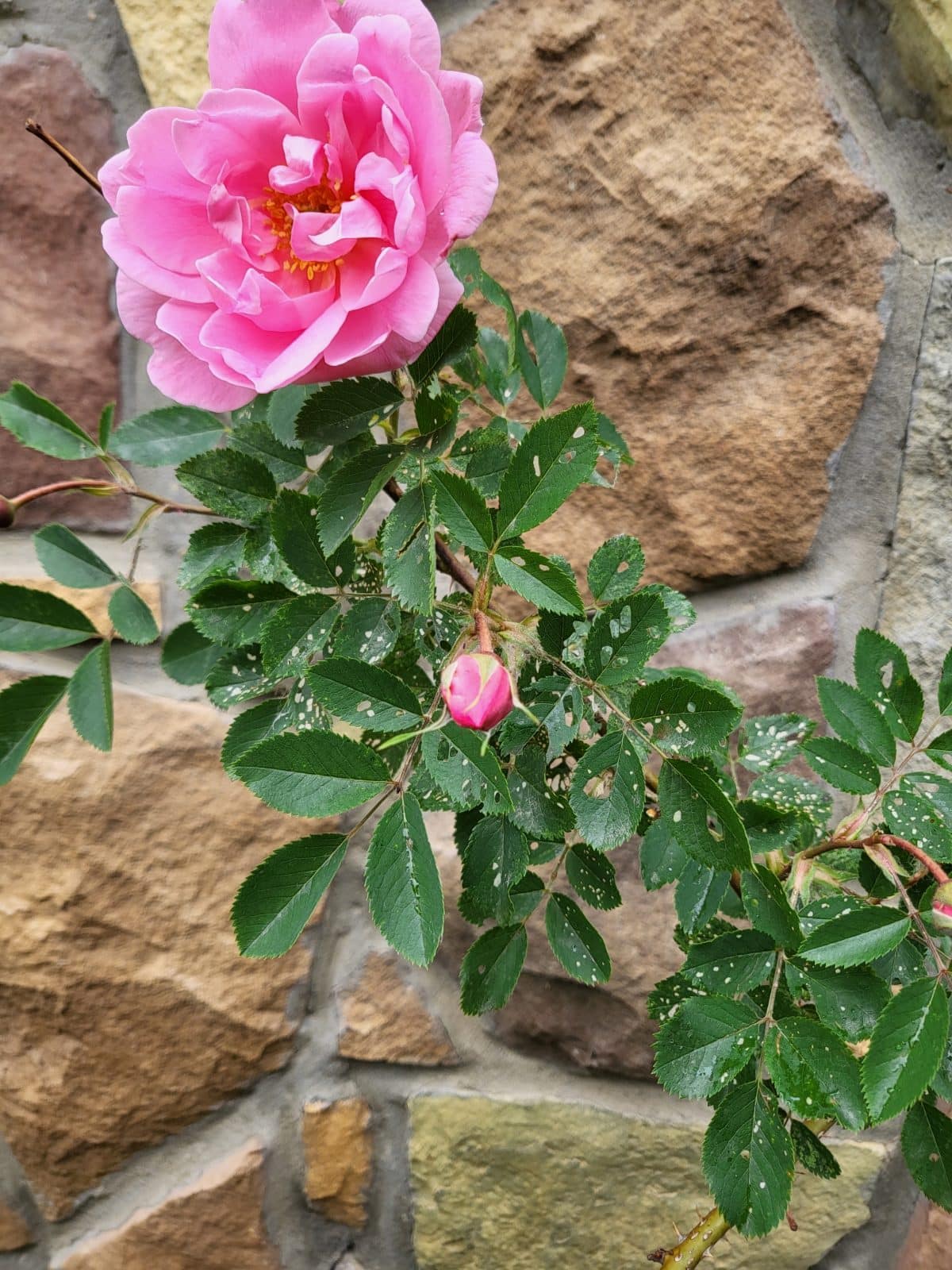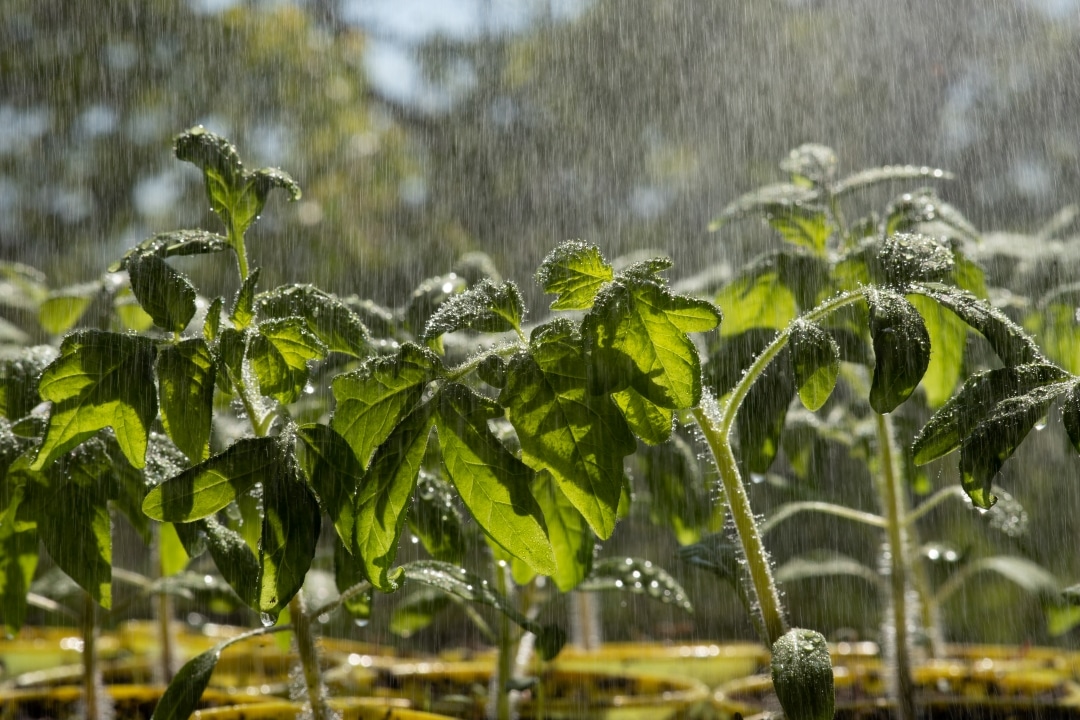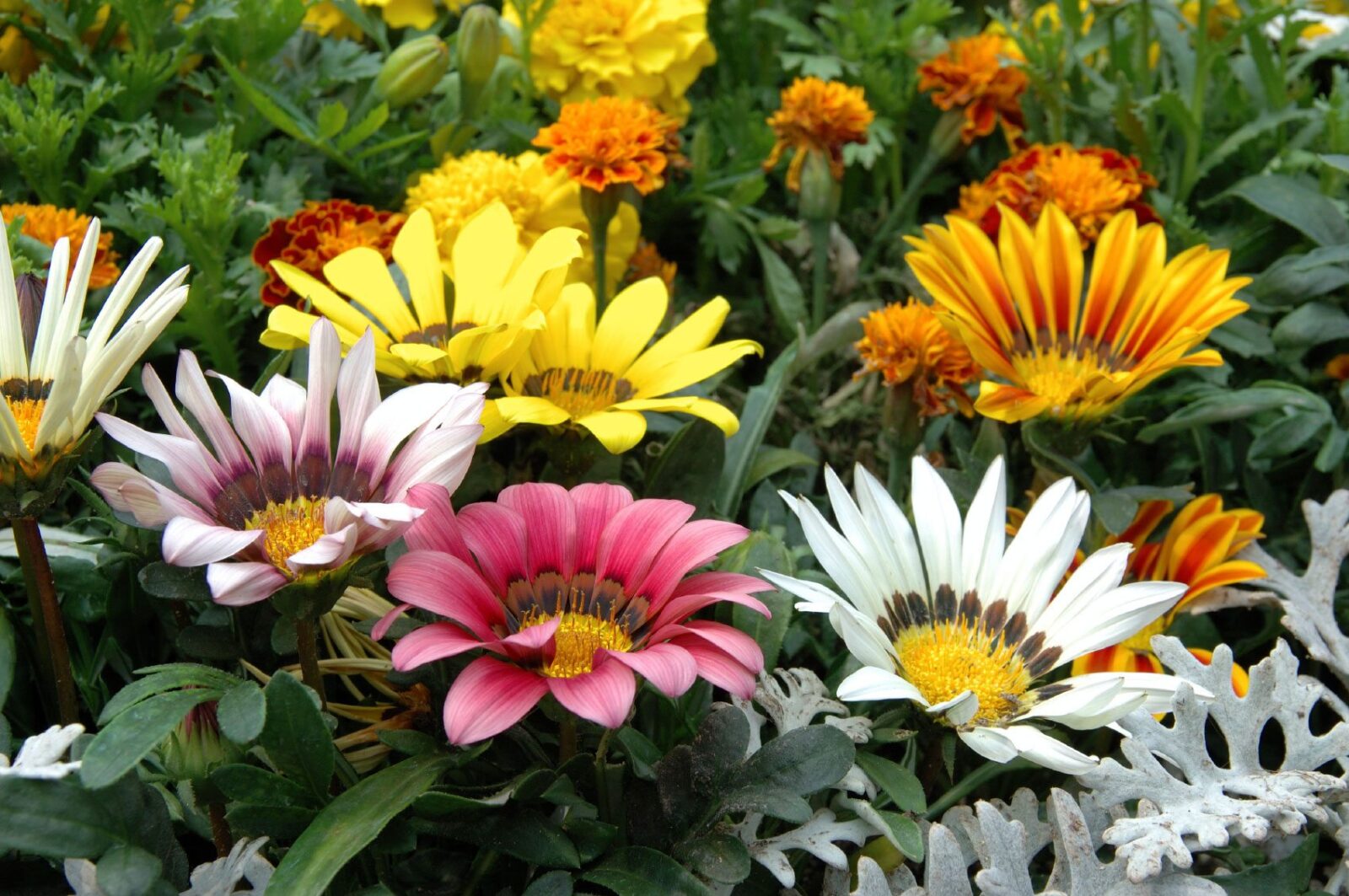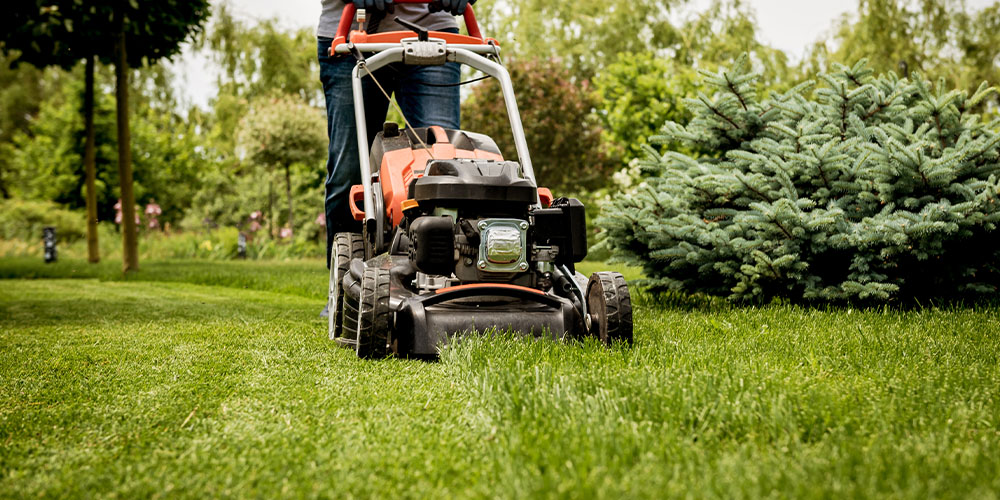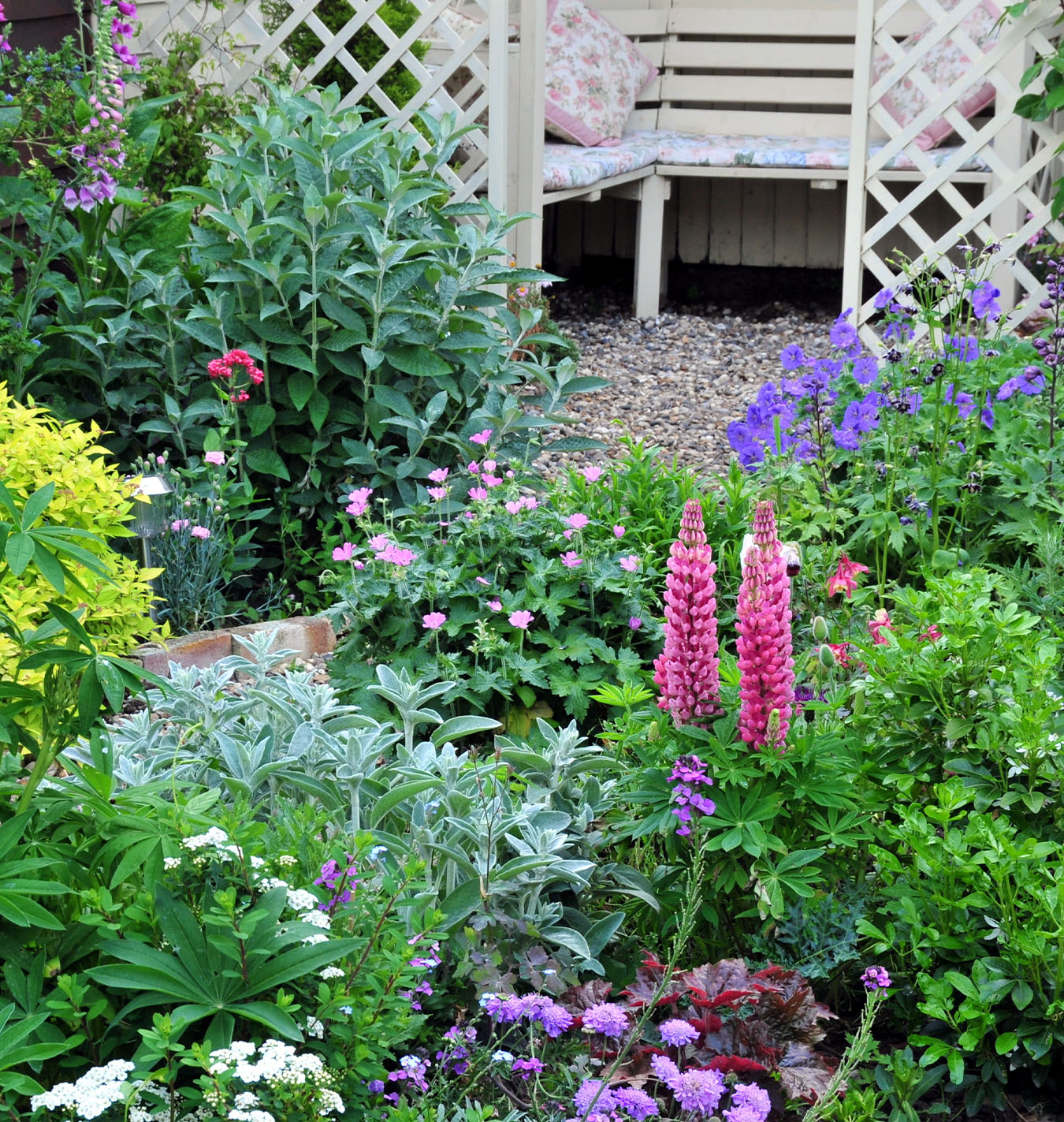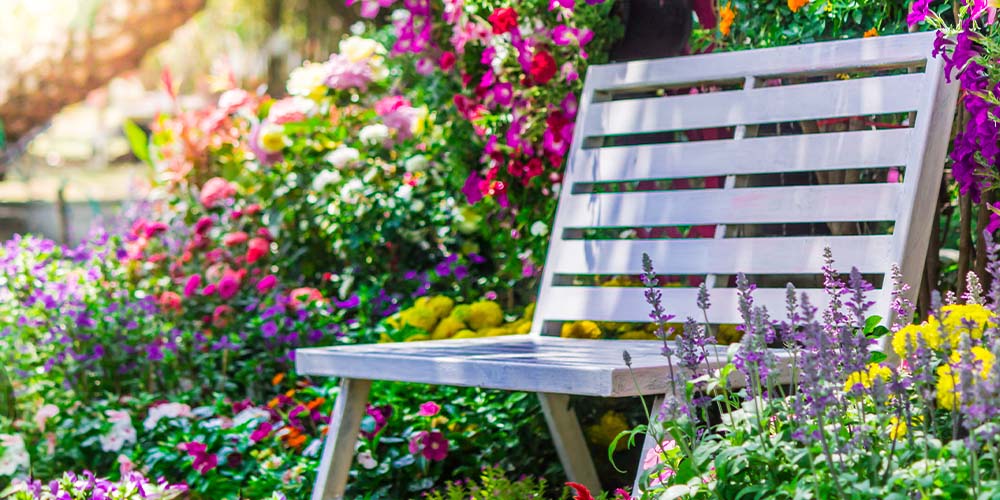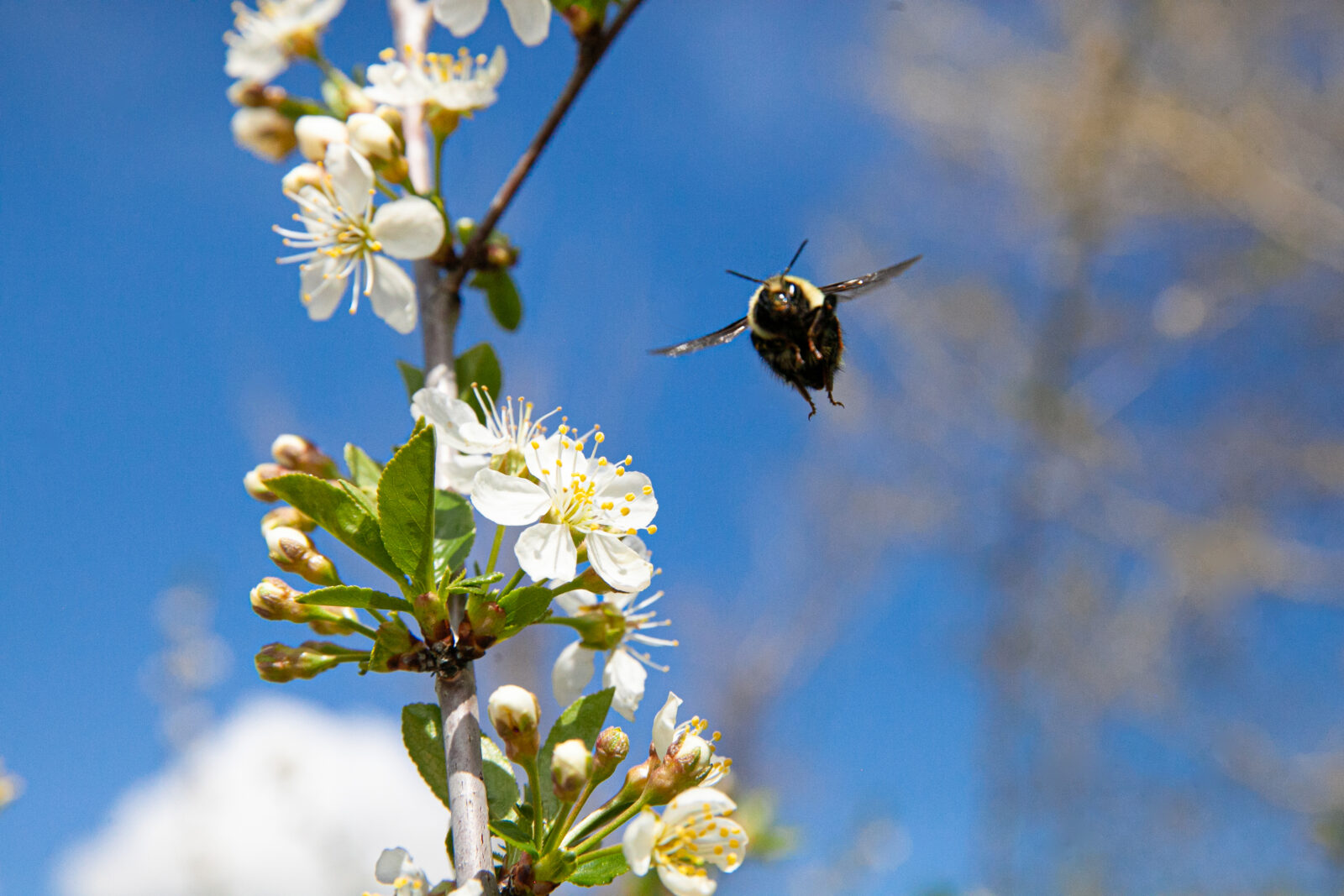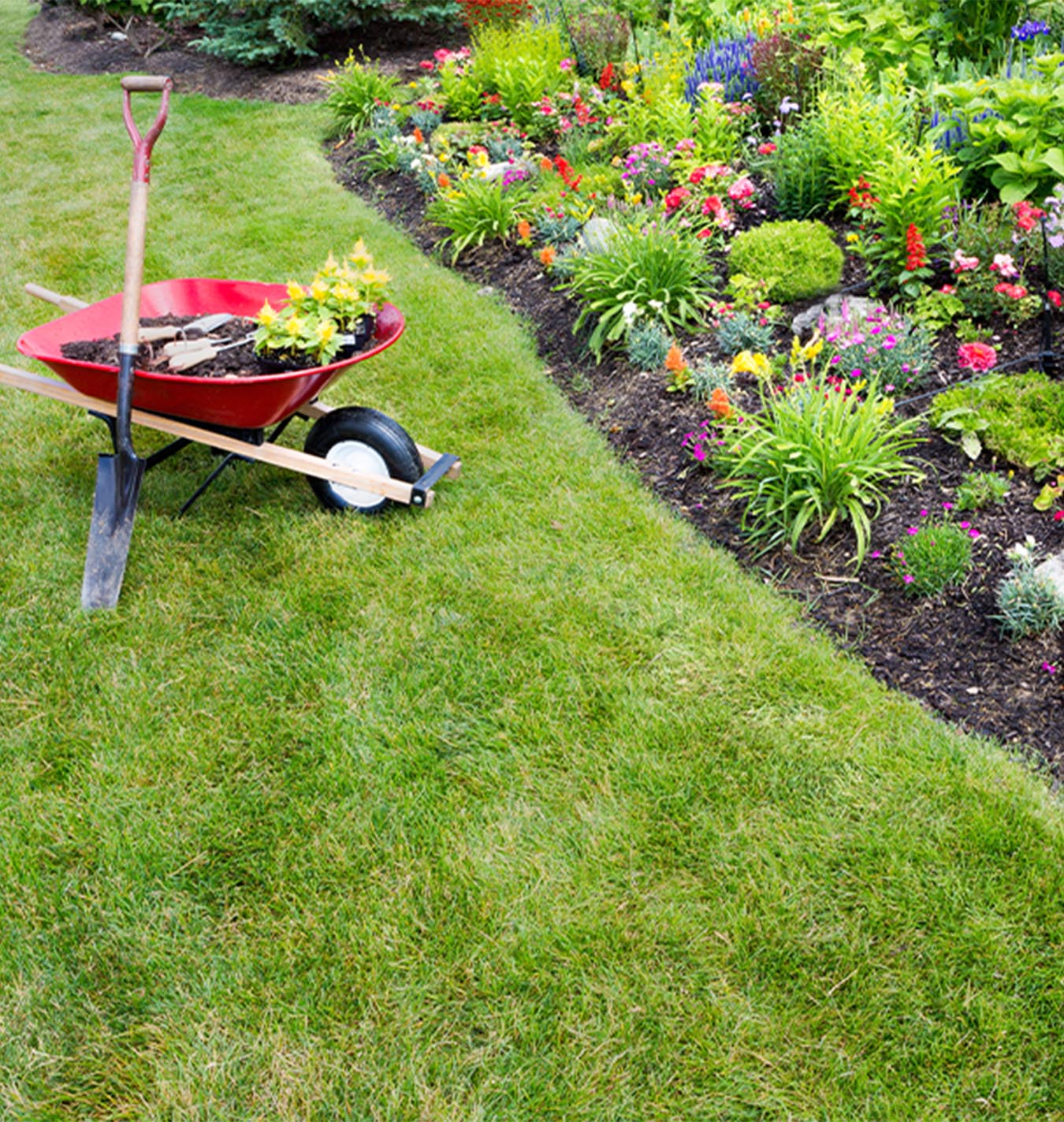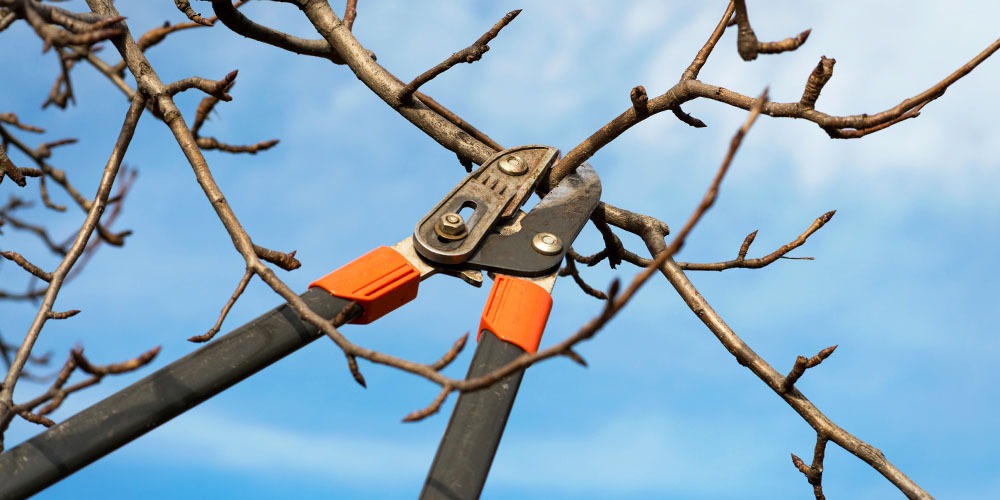
While it’ll still be a few months before we can start filling our garden beds and containers, we’re right at the cusp of spring pruning season! If the thought of pruning still makes you a little uneasy, you’re not alone. Each year, we hear hundreds of questions about pruning””even from gardeners who have years of experience. If you didn’t catch part one of our spring pruning series, we discussed which plants in your landscape are ready for their spring “haircut.” In part two, horticulturist Justine Jenkins is back to take us through the nitty-gritty of pruning safely, effectively, and confidently!
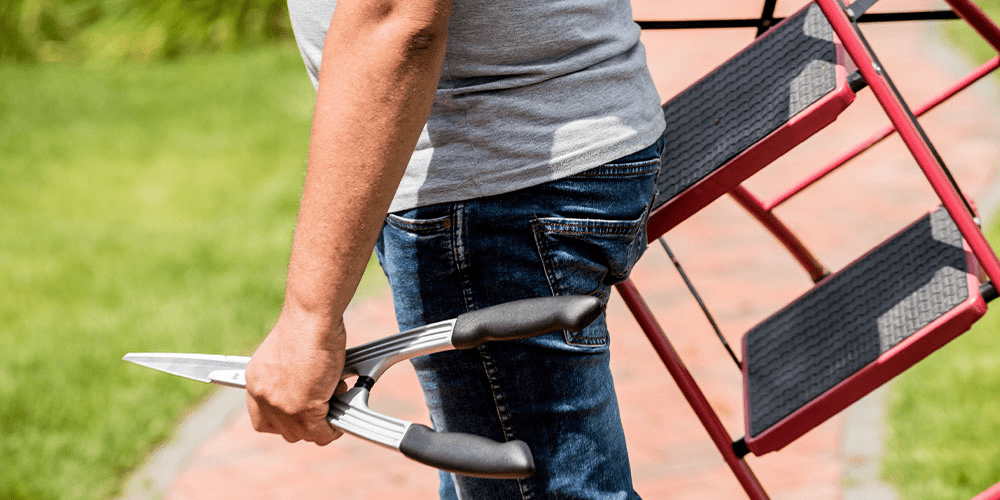
Safe Pruning
As we mentioned in part one, safety is paramount when it comes to pruning. Plants can be replaced, but personal safety is precious. Today’s guide will focus on procedures for ground pruning””in other words, pruning that doesn’t require the use of a ladder. However, for some lighter pruning in which a ladder is helpful, such as pruning fruit trees, always prune with a spotter on hand! We recommend that both you and your spotter wear hardhats.
We strongly advise you to complete a safety training course before operating any powered tools, and ensure that your hand tools are in proper working order before use. And, of course, make sure to protect yourself with appropriate personal protective equipment (PPE) such as safety glasses and heavy gloves before you start snipping.
Why Should You Prune?
If you’ve never pruned a landscape plant before, you’re not the only one.
“I often talk to gardeners who admit that they’ve never done any substantial pruning in their landscapes,” says Justine. “We get questions about it all the time, even from people who have been gardening for years.”
Often, the reluctance to prune stems from uncertainty about how to prune correctly or concern about harming the health or appearance of a plant. However, it’s always worth the time to gain confidence with pruning! A well-pruned plant will look better throughout its entire lifetime. Pruning, particularly early in the plant’s life, promotes healthier growth, reduces safety concerns from broken or overgrown plant material, and can enhance the beauty of the plant by stimulating more flower and fruit production. Proactive pruning can also significantly reduce the risk of disease, which benefits your entire community.
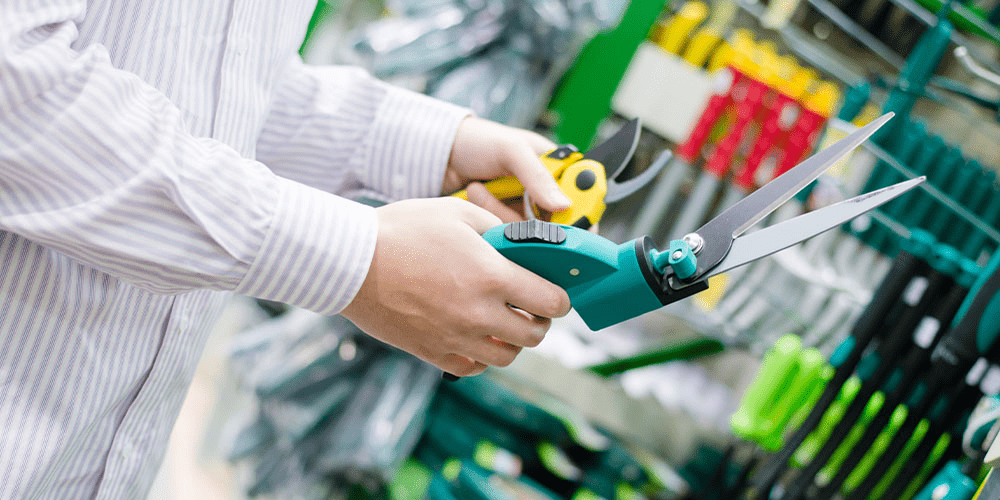
Essential Pruning Tools
Before you can start your pruning, you’ll need the right supplies! Here’s what you’ll need according to the size of the plants you’ll be pruning.
Pruning Stems ½ an Inch in Diameter or Less
- Bypass pruners (for live stems)
- Safety glasses
- Heavy-duty gardening gloves
- Rag
- Disinfectant
Pruning Stems from ½ Inch – 1 ½ Inches in Diameter
- Bypass loppers
- Safety glasses
- Heavy-duty gardening gloves
- Rag
- Disinfectant
Pruning Stems Over ½ Inches in Diameter
- Pruning saw
- Safety glasses
- Heavy-duty gardening gloves
- Rag
- Disinfectant
Other Considerations
- We don’t recommend pruning sealers. According to Justine, it’s healthier for the tree to allow lots of airflow to the fresh cuts.
- All tools should be well-sharpened and disinfected before you start pruning.
- If pruning diseased material, disinfect your tools with your rag and disinfectant after every cut to avoid spreading disease throughout the plant.
- If working with thicker branches that require a pruning saw, we recommend a consultation with an ISA-certified arborist beforehand to ensure the work can be done safely.
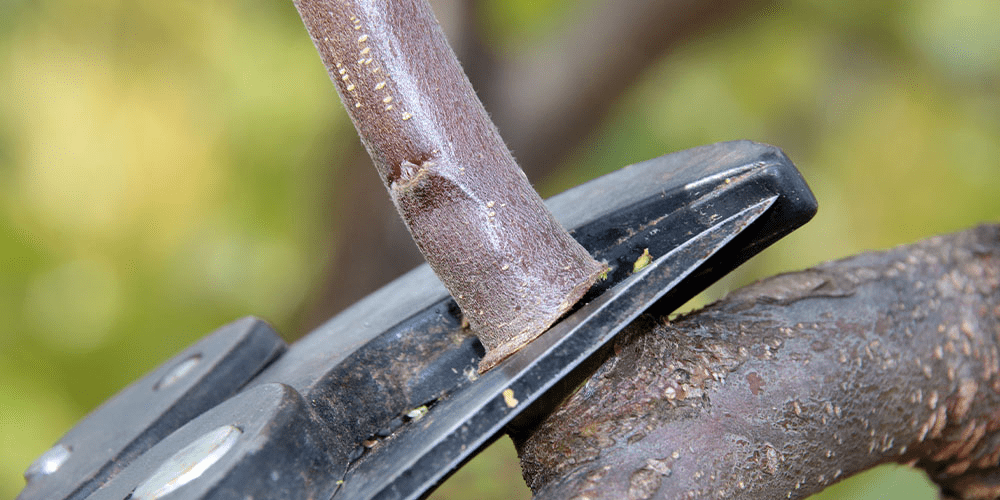
General Pruning Guidelines
It’s normal to feel overwhelmed when approaching your plant, especially if it hasn’t been pruned for many years. However, your work is already cut out for you!
“There’s a priority sequence to pruning,” says Justine. “First, you’re looking to cut off anything dead. Then you want to cut off anything diseased. Next, move on to anything damaged. Only once you’ve worked through the three Ds, you can focus on pruning for form, including crossed-over or downward-pointing branches.”
Once your dead plant material has been pruned off, there’s a second rule of thumb: avoid removing any more than 30% of the live plant at a time.
“If you remove too much of the plant at once, it will produce something called an epicormic shoot, which is a stress response,” Justine explains. “Once you’ve removed that 30%, it’s best to let the plant recover for another year before going back in.”
The exception is if the plant has a lot of material that is damaged or diseased to the point that it could die or cause harm or property damage before the next pruning cycle. These cases are considered emergencies, and the benefits of removing the material outweigh the risk of a stress response.
“Always do what’s right for the plant in front of you, and know that pruning requires a lot of patience,” advises Justine. “It takes three years to renovate most overgrown trees.”
Removing Suckers
Suckers are stems that grow from the base or roots of a tree or shrub. They’re known to divert energy away from the main plant, but they’re also an eyesore that will inevitably get worse. Remove suckers as soon as you see them, cutting them as close to the source as possible.
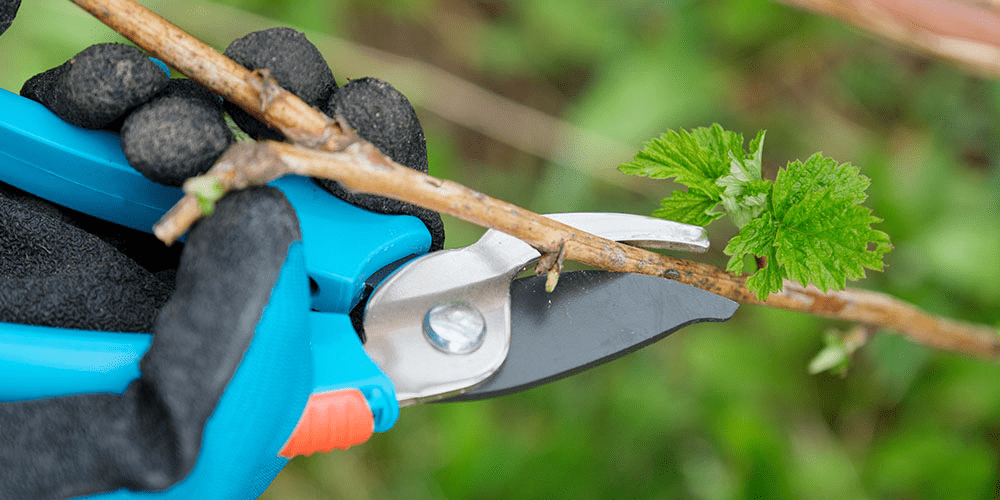
Tips for Pruning and Shaping Shrubs
Assuming you’re working with a healthy plant, here are some general tips for pruning your shrubs correctly:
- Prune away crossed-over or downward-growing branches first; these are the most likely to invite pests or disease.
- Cut back to about ½ an inch from an outward-facing bud; in other words, when the bud emerges, it will be growing away from the main stems.
- Cut branches at a 45-degree angle slanting toward the main stems. This diverts water away from the bud and newly-cut area.
- When removing larger branches, make your cut just above a lateral branch””in other words, a smaller branch that is growing off the branch you’re pruning and away from the main stems.
- Coppicing (removing the entire plant down to soil level) is a drastic pruning technique that is only suitable for some shrubs, such as Siberian peashrub (caragana arborescens), cotoneaster, and potentillas. We only recommend coppicing in situations in which the plant is severely damaged. While this should not be performed regularly, it is a viable last-resort option for rejuvenating these species.
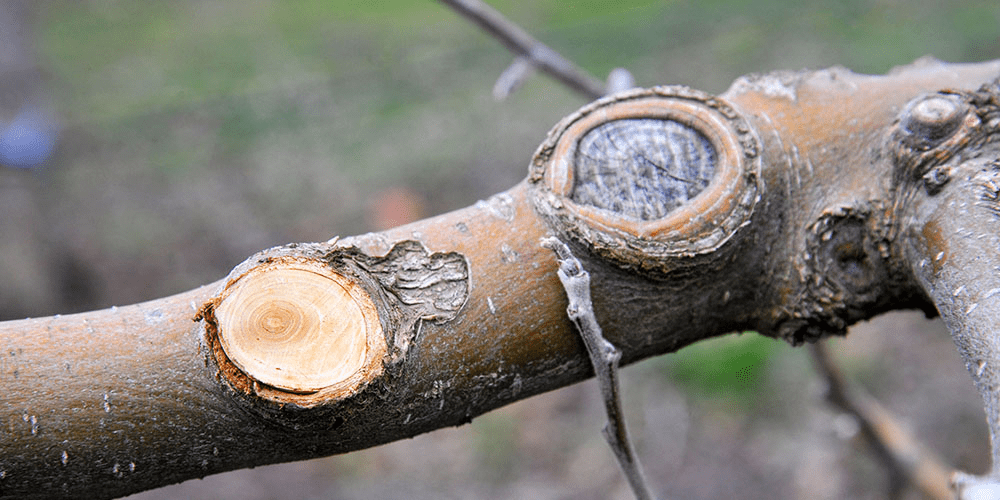
Tips for Pruning and Shaping Trees
The older a tree gets, the more difficult it becomes to prune. Proper pruning of young trees will set your tree up for a lifetime of easier maintenance! Here are a few tips to follow:
- When pruning recently-planted trees, keep in mind the structure that you want your tree to follow. Crossed-over or downward-growing branches, as well as branches growing at a 30-degree angle or less, should all be removed early to promote a healthy, open structure.
- Remove stems that are sitting too low on the trunk once they reach approximately 1 inch in diameter.
- When removing a large piece of a branch, cut the branch back to the point of origin of a lower branch.
- When removing a branch from the trunk, remove the whole stem down to the branch collar. Remove the entire branch but leave the collar intact; the cut should be as flush as possible with the point of origin.
- Larger tree branches will require a three-point cut; this involves cutting â…“ of the way through the branch from below and the rest of the way from above, angling both cuts away from the trunk. The third cut is to remove the stub down to the branch collar. However, depending on the size of the branch, this procedure is best left to an ISA-certified arborist as it can be a dangerous job.
As many details as there are in the art of pruning, the procedures themselves are pretty straightforward once you get started. Has this guide left you with more questions? Stop by Salisbury Greenhouse today for more expert answers, advice, and recommendations!

